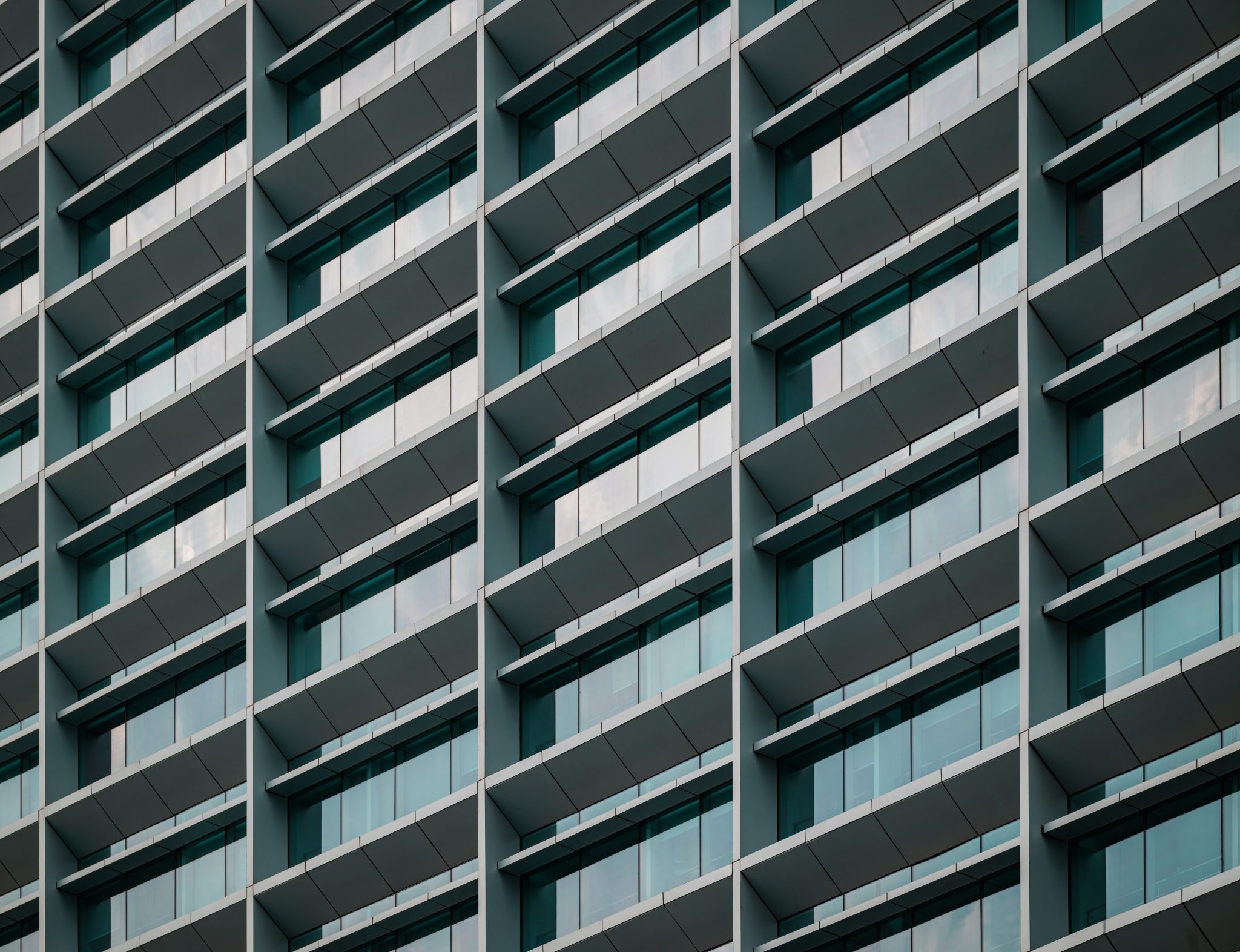The Intersection of Renewable Energy and Urban Design
In this blog post, we’ll take a look at how renewable energy can step in to reshape the urban fabric for the better.

As cities continue to grow and expand, the demand for energy rises in tandem. However, with the looming specter of climate change, traditional energy sources no longer suffice. This is where renewable energy steps in to reshape the urban fabric for the better.
Solar Solutions
One of the most prominent forms of renewable energy, solar power, presents a myriad of opportunities for urban areas. From rooftop solar panels on residential buildings to vast solar arrays in city outskirts, harnessing the sun’s energy can significantly reduce reliance on conventional power grids. Innovative designs even allow for solar panels to be integrated seamlessly into building facades, blending sustainability with architectural aesthetics.
Wind Energy in Urban Spaces
Despite the perception of cities as windless landscapes, urban environments can harness the power of the wind. Vertical axis wind turbines, designed to capture wind from any direction, offer a space-efficient solution for densely populated areas. By strategically placing wind turbines in urban spaces, cities can generate clean electricity while minimizing their carbon footprint.

Embracing green building practices not only mitigates the environmental impact of urban development but also enhances the quality of life for residents.
Green Building Practices
In addition to energy generation, sustainable urban design encompasses energy-efficient building practices. Green building features such as passive solar design, natural ventilation systems, and high-performance insulation reduce energy consumption and promote environmental stewardship. Embracing green building practices not only mitigates the environmental impact of urban development but also enhances the quality of life for residents.
Benefits for Urban Communities
The integration of renewable energy into urban design brings forth a host of benefits:
- Environmental Sustainability: Reducing greenhouse gas emissions and reliance on fossil fuels mitigates the impact of climate change and preserves natural resources.
- Energy Independence: Diversifying energy sources enhances energy security and reduces vulnerability to supply disruptions.
- Economic Opportunities: Investing in renewable energy infrastructure stimulates job creation, fosters innovation, and attracts sustainable development opportunities.
- Resilience: Decentralized renewable energy systems enhance the resilience of urban communities by providing reliable power sources during emergencies or grid failures.
Conclusion: Paving the Way Forward
As we stand at the nexus of urbanization and environmental stewardship, the integration of renewable energy into urban design represents a pivotal step towards a sustainable future. By embracing clean energy solutions, cities can mitigate their environmental impact, enhance energy security, and foster resilient, livable communities for generations to come. In the journey towards sustainable urbanization, renewable energy serves as a beacon of hope, illuminating the path towards a brighter, greener tomorrow.



